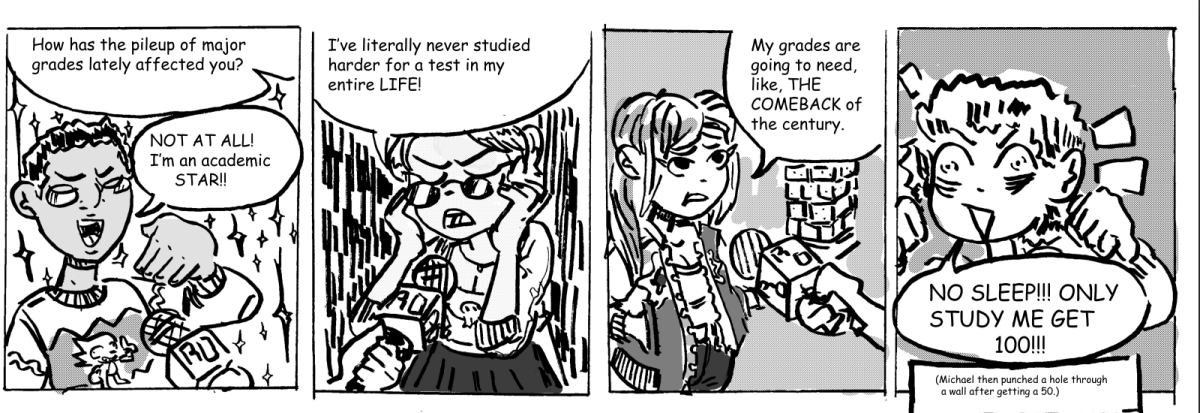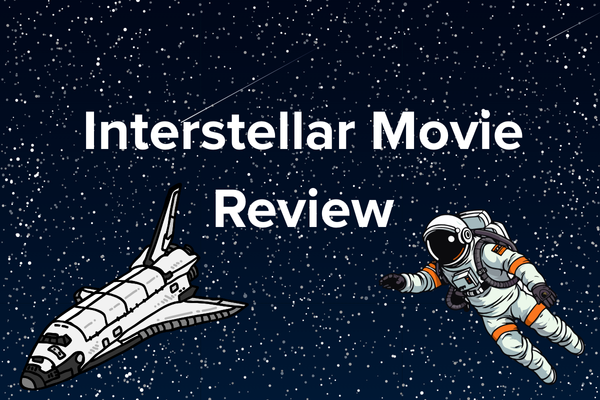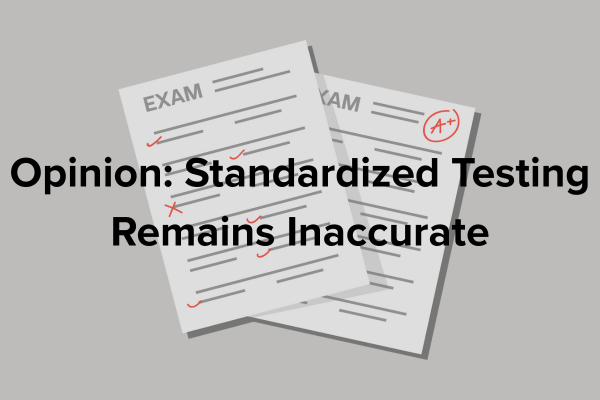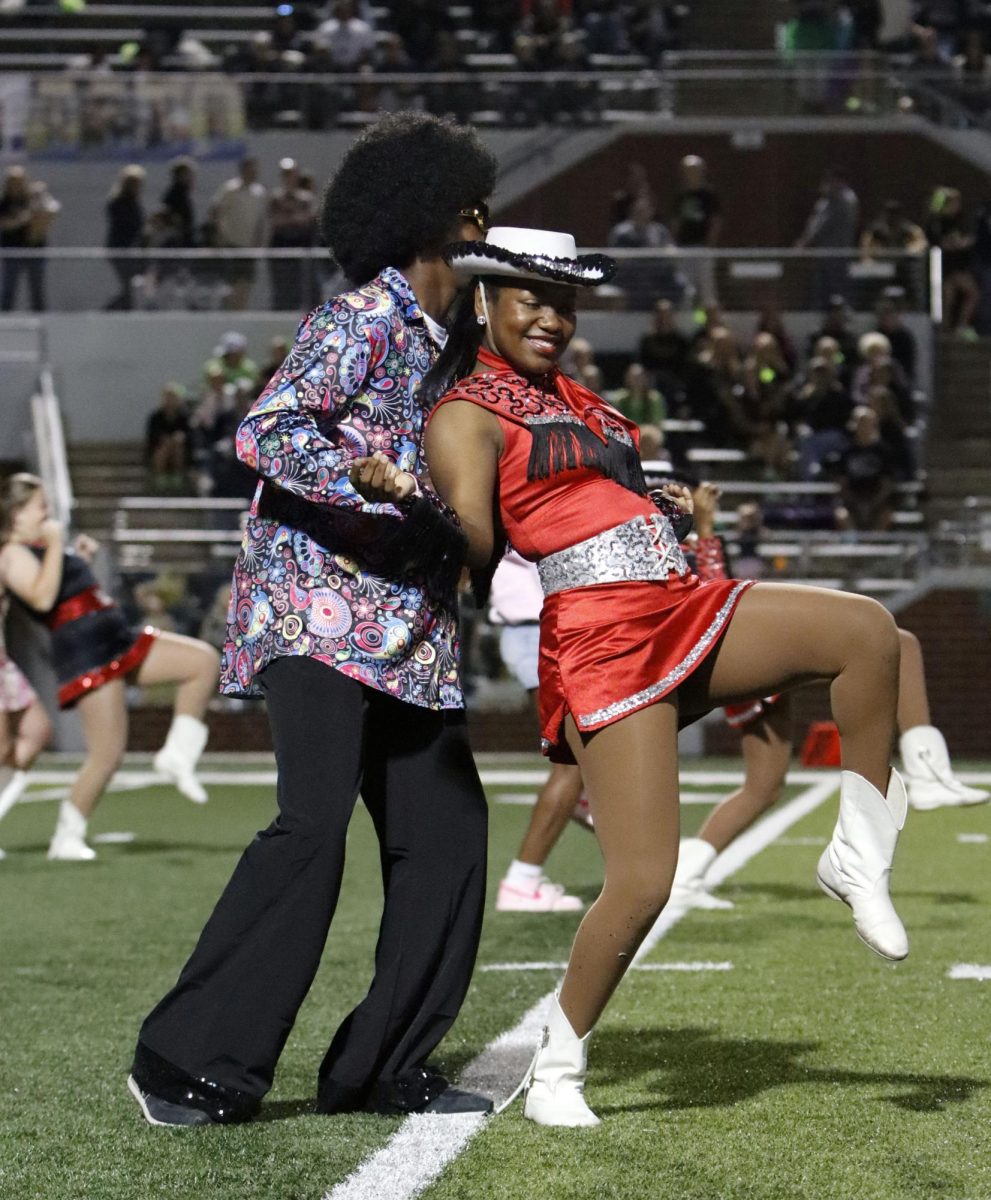
The Star Wars franchise represents a uniquely crafted section of pop culture and cinema. Each installment introduces more than a new film, but the next chapter of an entertainment sensation— a phenomenon where fanboy freaks, geeks and everyday-people meet.
With that said, any new addition to the film industry’s most famous universe comes with a guarantee of polarizing criticism and acclaim. But no amount of expectation could have prepared us for Star Wars: The Last Jedi. With the initial explosion of barbarism and sheer abuse now in the rear-view mirror, let’s pick apart one of the most divisive films of the past year.
[SPOILER WARNING]
PROS:
Technically, the film exudes gorgeousness (see the Throne Room, Crait and Ahch-To scenes). Each frame crafts a scene with a life of its own and oftentimes presents a picture unconventional in its design. Director Rian Johnson and cinematographer Steve Yedlin took careful steps to create a visually striking package. For instance, they often aimed to source lighting exclusively from within the scene and used color, specifically red, as a thematic, visual medium—a determined effort to carry the film’s motifs beyond mere screenwriting.
While Johnson aced the art of visual storytelling, he was no slack as a writer either. The film balances a myriad of tones and themes effectively—for the most part (more on that in the CONS). Those themes ride on the back of plot elements originated from angles never before utilized in the Star Wars series. This brings me to the highest praise I can give to The Last Jedi.
It injects uncertainty and unconventionality back into the franchise.
Neither of these two sensations have been associated with Star Wars since the early days of the original trilogy. Since then, the formula has become established, cherished but commonplace. A hero’s journey reminiscent of the Greek classics, tragedy, mythology, the constant toil between light and dark, Star Wars, at its roots, never claimed to come from a road less-traveled.
But this time around, the plot introduces several curveballs
For one, the the force continues to evolve as an on-screen mythos. The inclusion of fake, life-like projections and a telepathic connection between Kylo Ren (Adam Driver) and Rey (Daisy Ridley) only served to add intrigue to the fantasy, a twist on a tradition we thought we knew. Furthermore, the direction of the plot itself nearly threw every expectation out the window.
Leia lives, and Snoke dies.
The resulting power vacuum and fight scene in the Throne Room nearly pulls off the biggest twist of the saga. Red radiates off the walls, consumes the chaos, the score accelerates the pace of suspense and the scene primes for action. This sequence epitomises the film’s brilliance as a whole, the vacancy left by Snoke’s (Andy Serkis) preceding death makes the stakes higher; the whole time during the fight, we wonder what will happen next.
And the film nearly delivers the killer blow.
Good guys, bad guys? Those are mere words. Legends? Why should we venerate those who made the same mistakes as we do now? Light Side, Dark Side? Conflict follows both, so neither should prevail. Kylo realizes this and the duo nearly create a tertiary faction— one that thrives in uncertainty, a team of lone wolves, outcasts who turned into something greater. But Johnson seems to have settled on the safer option. Still, these events highlight yet another of the film’s greatest strengths.
Rey and Kylo in particular, become two of the most expertly developed characters in Star Wars.
Kylo Ren might be the most compelling villain in the saga’s history. Torn on the inside, conflicted, uncertain, a loose cannon, the writers understood the need for an antagonist who wasn’t evil just for the sake of being evil. His contradictions fuel the plot’s appeal. Again, I return to Snoke’s death— countless internet theories popped up overnight over Snoke’s possible “fake death”. Many viewers refuse to accept what I see as the undeniable truth.
Snoke died.
Toast.
Strawberry jam Kylo spread all over his evening snack— used as a plot element to prop up Kylo, integral to young Solo’s arc. He served his purpose in the plot, and now the true enemy stands alone, free of his shackles.
On the opposite end of the spectrum, Luke’s journey once again carries on this theme of unconventionality. Skywalker refuses Rey’s pleas to come back, disillusioned with his image as a legend. In his mind, his legacy lies ruined, tarnished by guilt. At times, Luke seems foreign, strange, perhaps even delusional. He was wise, felt he knew it all, then got smacked in the face with failure. At this point, Luke falls in parallel with the story of his old master— Yoda. And in a well-handled scene, the little green kook appears to refocus Skywalker’s priorities.
The mistakes of past Jedi did not have to dictate Luke.
The point of Skywalker’s legendary status didn’t lie in some quest for vanity. So Luke eventually returns, rekindles the romance surrounding the name “Skywalker” not out of selfishness, but a greater purpose.
CONS:
Great it may be, the film still fall shorts at times. Though, all my issues with the movie stem from one major flaw— pacing and its irregularity brought on by an irksome subplot.
By now, almost every fan and critic agrees that the Canto Bight scenes should have never been a thing, or they at least should have been handled far better. The first third of the film in particular suffered the most from the subplot. Central to these scenes, our newly introduced character Rose (Kelly Marie Tran) appears quite frequently, but every time one of those appearances does occur, the story seems to stop.
The chemistry between her and Finn (John Boyega) left a lot to be desired, especially considering the last-minute rescue that occurs at the end of the film— a rescue that should have never happened.
I don’t care if this random girl has some preteen crush on Finn.
I don’t care because I have no reason to care.
The whole dynamic of their relationship, the subplot used to propel it, the kiss, the ruin of a could-have-been-great sacrifice and the flimsy “saving what we love” excuse, all served to leave a bitter aftertaste. Upon reflection, I wonder if the filmmakers realized this too, but had no time to correct what held this movie back from perfection.
Despite these issues, The Last Jedi works as a whole.
The film entertains, awes in visual beauty, pulls, pushes, grabs, holds and lets go all at the same time.
Johnson gave a gentle balancing act that I think will become rightfully appreciated as time moves on.
Rating: 8.5/10
















Gregory Uribe • Jan 25, 2018 at 2:06 pm
But what did you think of the porgs?!
I see that you gave it a rating of 8.5/10, but I’m curious were you’d place it amongst the other Star Wars movies.